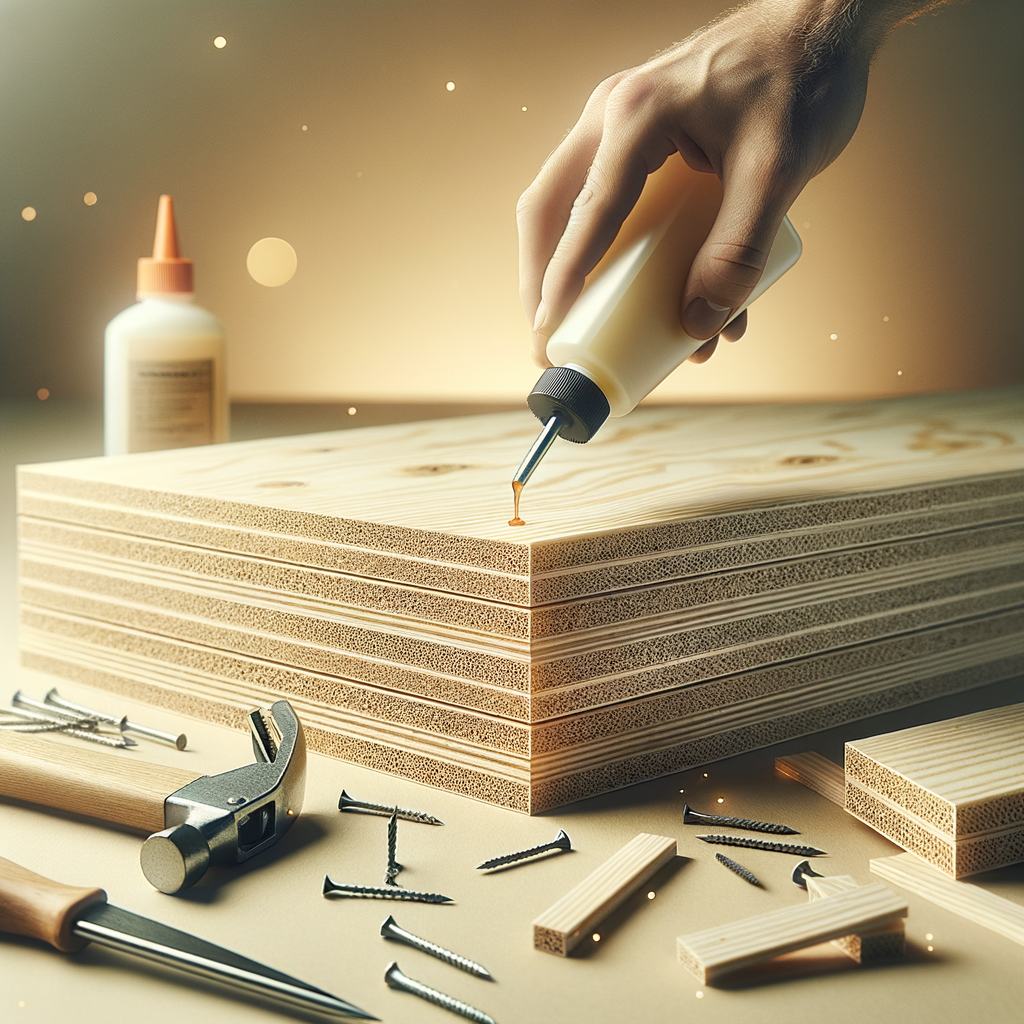Gluing and Nailing MDF for Stronger Joints: A Practical Guide for Builders and DIY Enthusiasts

Gluing and Nailing MDF for Stronger Joints: A Practical Guide for Builders and DIY Enthusiasts
As a professional builder, tradesperson, or experienced DIYer, creating durable and reliable joints in MDF (Medium Density Fibreboard) is essential for countless projects—from cabinetry to furniture and internal fittings. Achieving strong, long-lasting bonds involves understanding the nuances of gluing and nailing MDF, which can sometimes be tricky due to its unique properties.
In this comprehensive guide, we'll explore best practices, product recommendations, and valuable tips to help you construct joints that stand the test of time. Whether you're working on a large furniture project or repairing a shelving unit, mastering the art of gluing and nailing MDF will elevate your craftsmanship.
Understanding MDF: The Material Characteristics
Before diving into the techniques, it's important to understand why MDF requires specific handling:
- Density and Composition: MDF is made from compressed wood fibres, resulting in a dense and uniform material. Its smooth surface makes it excellent for painting or veneering.
- Workability: While easy to cut and shape, MDF can be prone to splitting or chipping if not handled properly.
- Adhesion Factors: MDF's porous surface absorbs glue well, but its density can challenge nail and screw holding capacity.
Knowing these qualities helps in choosing the right adhesives and fasteners, as well as applying proper techniques.
Selecting the Right Glue for MDF
Types of Adhesives Suitable for MDF
When gluing MDF, the goal is to achieve a bond as strong as the material itself. Here are the most effective options:
- PVA (Polyvinyl Acetate) Glue
- Widely used in woodworking
- Provides a strong, durable bond
- Easy to clean
- Suitable for most indoor applications
- White Wood Glue
- Similar to PVA, designed for porous surfaces
- Contact Adhesives
- Ideal for large surfaces
- Quick bonding
- Polyurethane Glues
- Very strong, water-resistant bonds
- Requires proper clamping and moisture activation
For most internal joints, a high-quality PVA glue is sufficient and easy to work with.
Applying the Glue
- Preparation: Ensure surfaces are clean, dry, and free from dust or grease.
- Application: Use a brush or glue roller for even coverage, avoiding excess which can warp MDF or create mess.
- Clamping: Apply clamps firmly but without excessive pressure to prevent warping. Allow adequate curing time as per glue manufacturer's instructions.
Nailing MDF: Tips for Strong Fastening
Nails are vital for temporarily holding joints during glue curing and for added strength.
Choosing the Right Nails
- Nail Type: Use finishing nails or Brad nails for neat, less visible fastenings.
- Size: Typically, 40mm to 50mm nails suit MDF projects.
- Material: Galvanised or stainless steel nails resist corrosion.
Nailing Techniques
- Pre-drilling: Always pre-drill to prevent splitting. Use a drill bit slightly smaller than the nail diameter.
- Spacing: Space nails evenly along joints—every 100mm or so—depending on load demands.
- Angles: Nailing at an angle (toe-nailing) can provide extra grip.
- Countersinking: Drive nails below the surface and fill with wood filler for a clean finish.
Combining Nailing and Gluing
For maximum strength, apply glue first, then use nails for additional hold. Clamping is recommended during glue curing to prevent joint movement.
Common Challenges and How to Overcome Them
- Splitting MDF: Always pre-drill and avoid over-tightening nails.
- Weak Joints: Ensure proper glue application and sufficient clamping pressure.
- Warping: Distribute pressure evenly during clamping and avoid excessive force.
Practical Examples: Using Glue and Nails in Real Projects
Consider building a set of wall-mounted shelves. Use MDF for the shelves and uprights:
- Apply a generous, even coat of PVA glue to the joint surfaces.
- Clamp securely for the recommended cure time.
- Pre-drill nail holes along each joint.
- Nail through the uprights into the shelves at an angle.
- Fill nail holes with matching wood filler, sand smooth, and finish as desired.
This combination ensures a durable, professional-quality joint suitable for both domestic and commercial environments.
Summary and Best Practice Checklist
- Choose high-quality PVA or suitable adhesive for MDF.
- Pre-drill nail holes to prevent splitting.
- Use the correct size and type of nails.
- Apply even pressure and clamps during gluing.
- Space nails evenly and countersink for neatness.
- Allow sufficient curing time before handling or finishing.
Explore the Right Tools and Products
At Cynnal, we stock all you need for your MDF projects. Investing in quality tools and materials ensures your joints are not only strong but also look professional.
Ready to get started?
Explore our entire tools